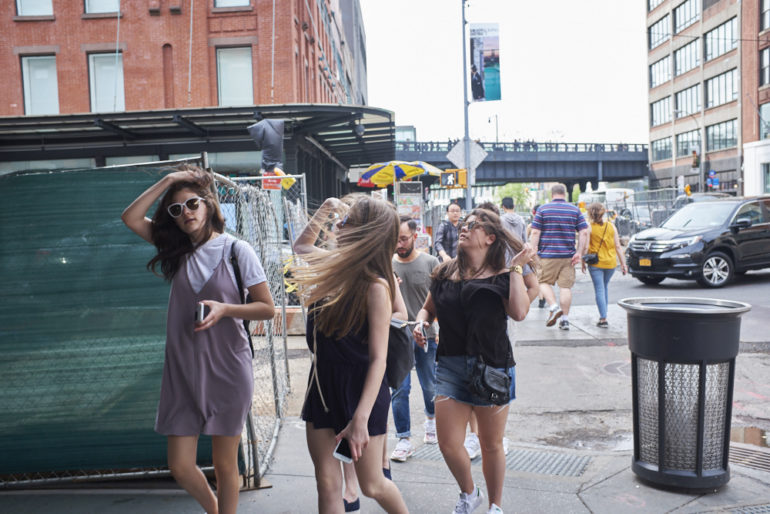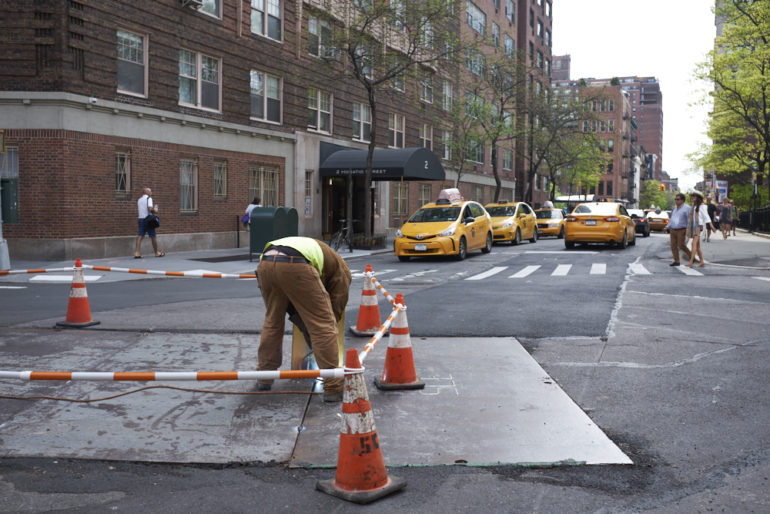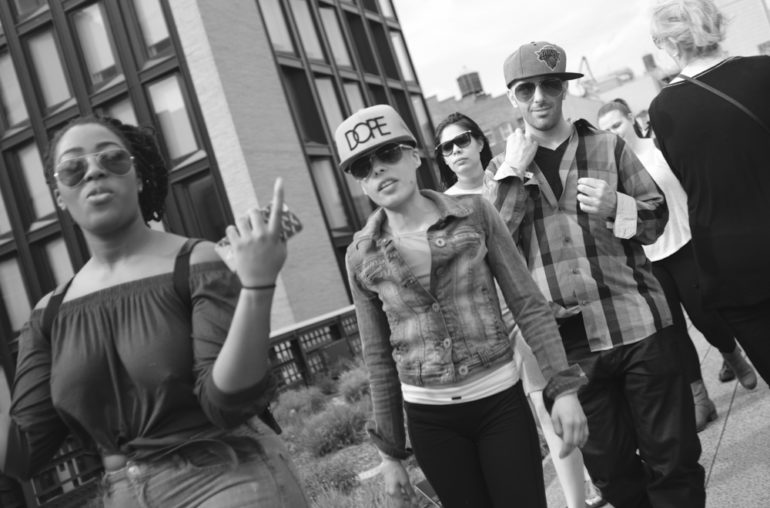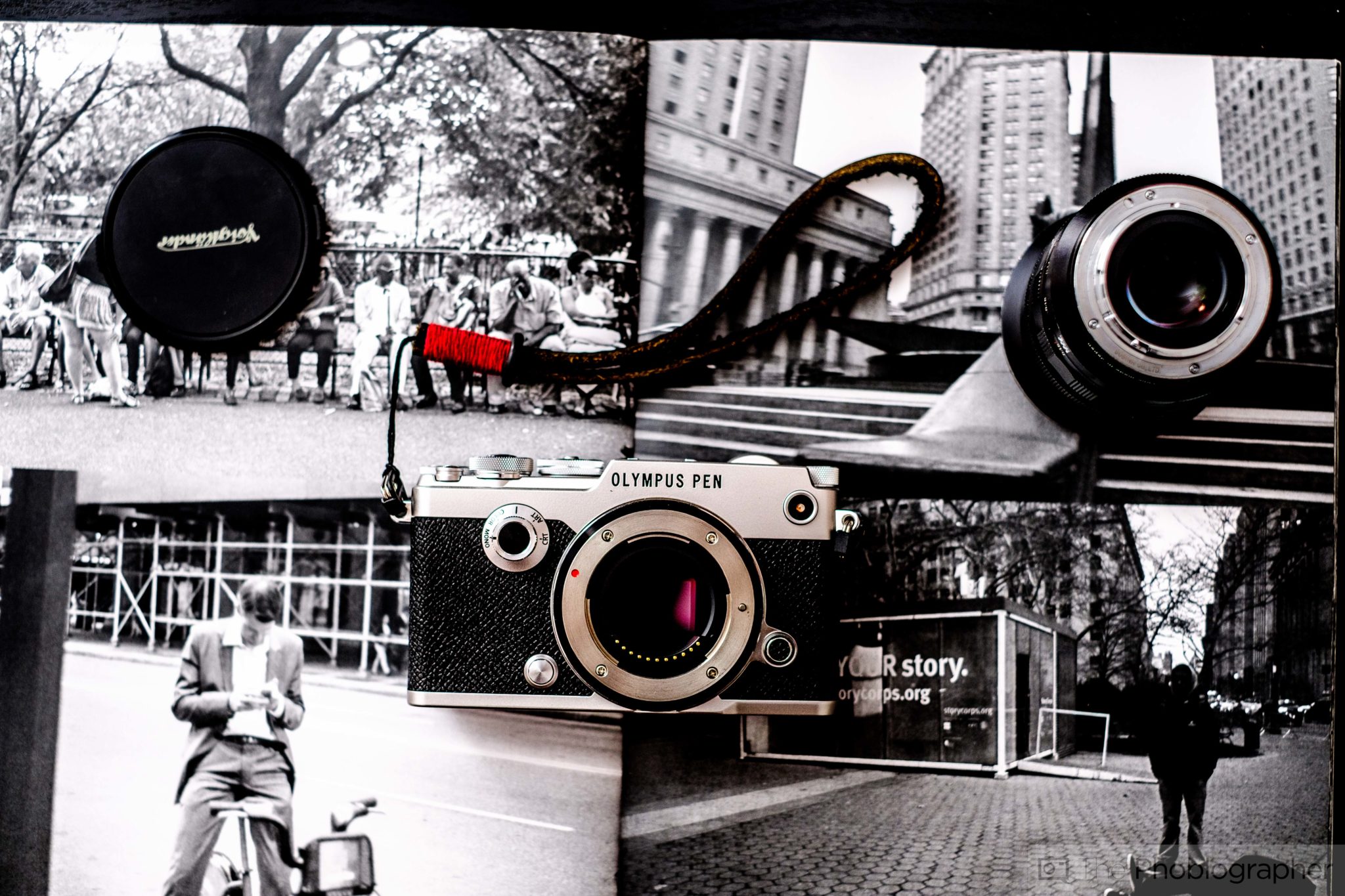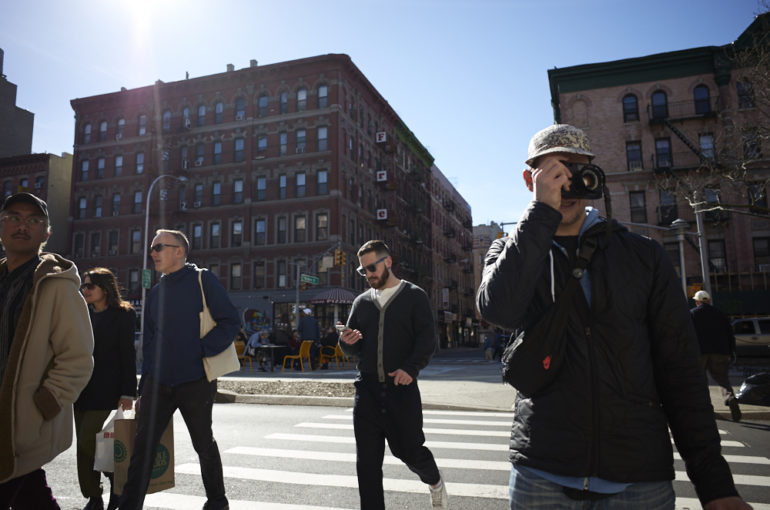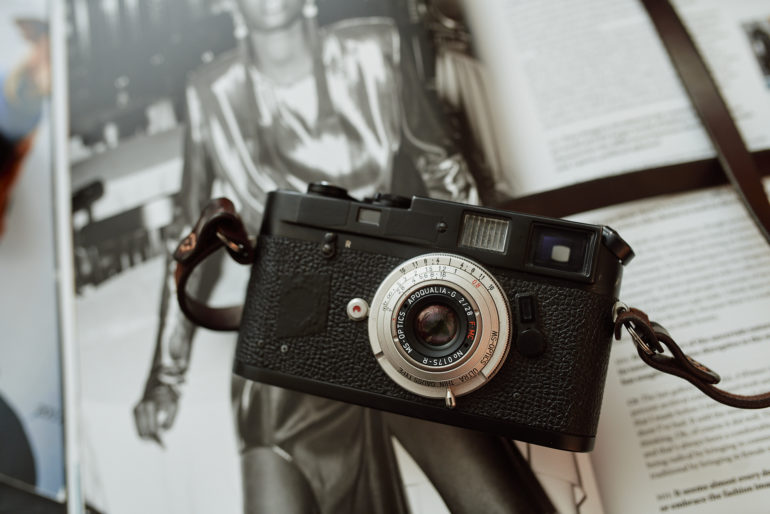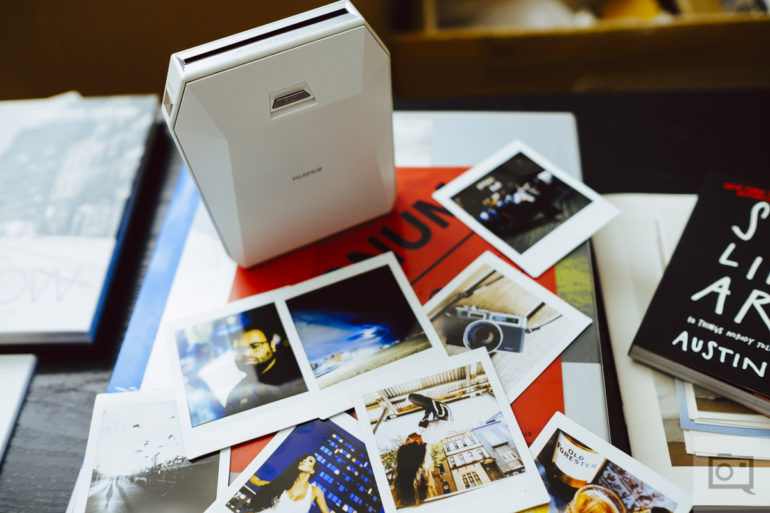Last Updated on 07/30/2018 by Mark Beckenbach
Street photography gear for the minimalist; sound like something you’re interested in?
What makes street photography special to me is that it’s by the people, for the people. Therefore, by its very nature, street photography is for minimalists. When working the street you need to be of a present mind and know your gear inside and out. Photos come and go in fractions of a second, so if you’re messing with gear physically or mentally it’s over. If you are digging in your bag it’s over. You’re either getting the shot or not. There’s zero forgiveness with street photography, so if you’re serious, embrace minimalism and focus on the craft.
I once had someone join me to shoot Pride who brought a DSLR with an 85mm 1.4 and a rolling hard case. Bless his heart for trying! Whether you’re just starting out or want to ditch that rolling case, this list if for you. Here’s our gear guide for minimalist street photographers.
Lenses for Minimalist Street Photographers
Like most street photographers, I prefer to shoot wide, going no tighter than a 50mm perspective. Stick with a 24mm and 35mm perspective on a full frame body and you’ll be good to go. Better yet, get glass that has a built-in zone focusing chart; it helps greatly when you need to get the shot regardless of whether or not it’s perfectly in focus. This is, after all, street photography.
Olympus 12mm f2.0
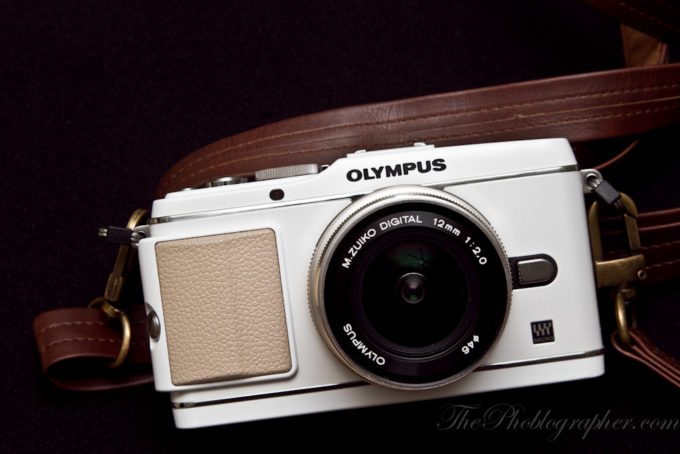
Compact, well made, gorgeous. That’s all you need to know, buy now. j/k. The tiny Olympus 12mm f2.0 (24mm perspective) was my first good prime for Micro 4/3. Its sharpness is okay wide open and very sharp stopped down to f4 like most Micro 4/3 primes are. The Olympus 12mm f2.0 features a pullback clutch built into the focusing ring which allows you to instantly zone focus thanks to the handy focusing scale. FYI we are talking about focus by wire so don’t expect the accuracy of a mechanical lens but it works when you need it.
In our review, we state:
Veteran photographers will digg the focusing ring, which switches immediately into manual just by pulling it back (note in the second image of this blog post that the ring is forward). This means that you won’t have to dig into the AF settings to switch it into manual focusing. – Read our Review
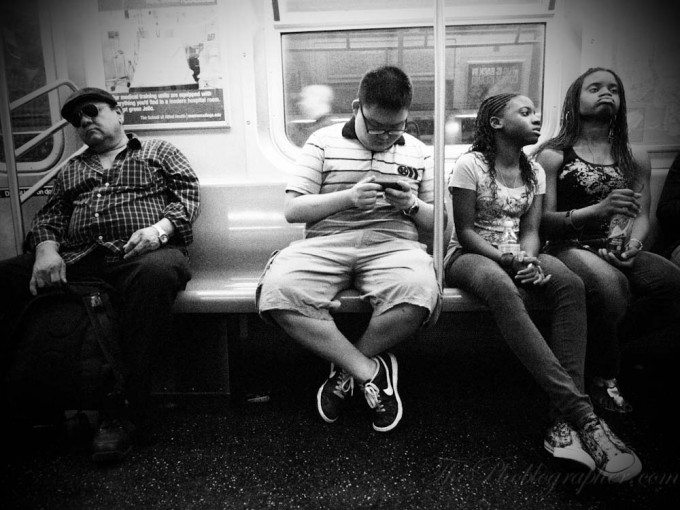
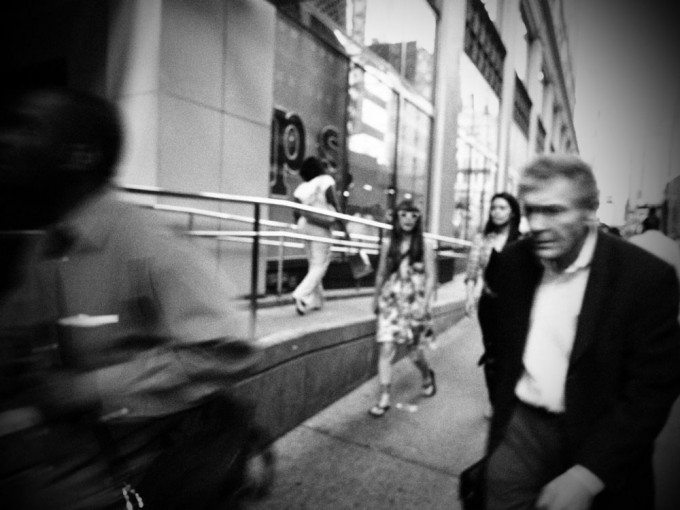
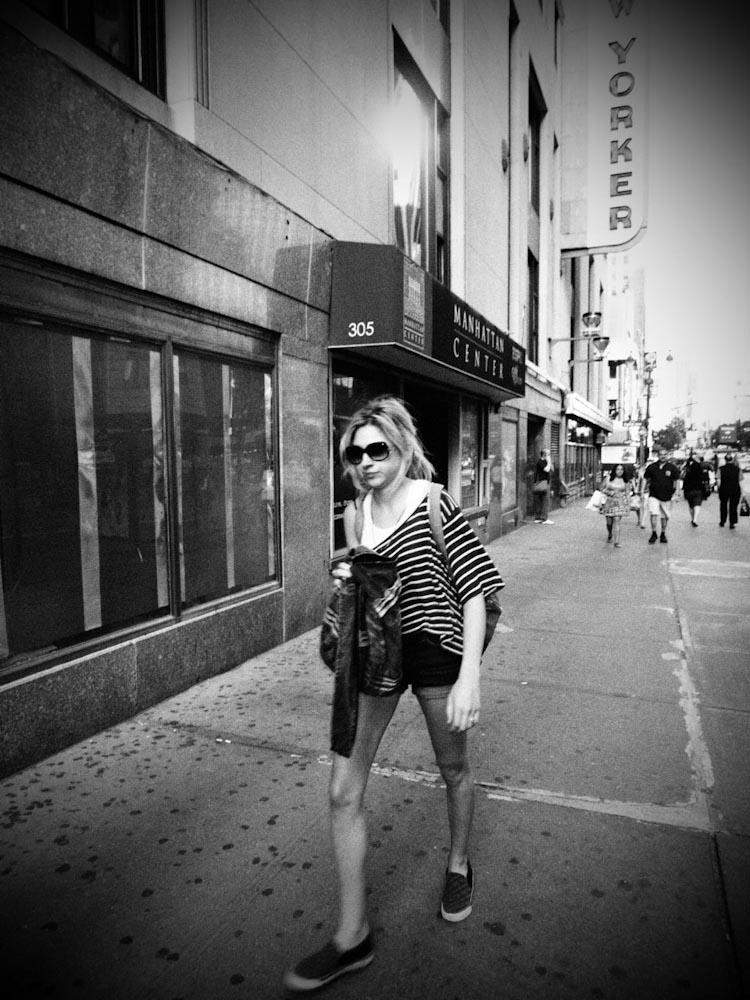
Fujifilm 23mm f1.4
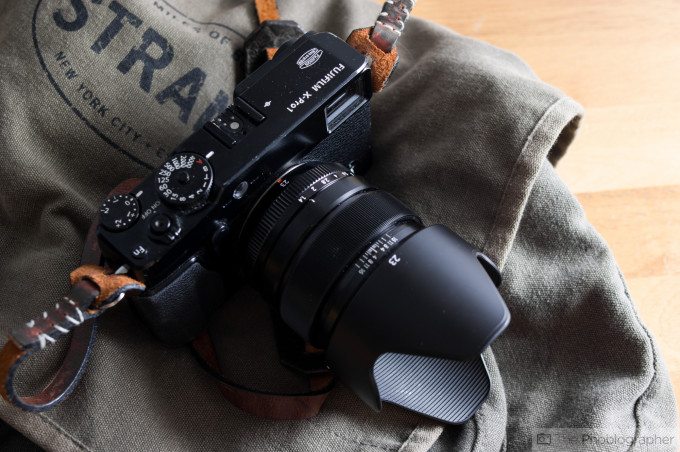
Some of the earlier Fujifilm X lenses have quite an organic look to their rendering, especially compared to the newer, compact f2 WR models of lenses. I believe this to be because the earlier, higher quality glass has less firmware correction for lens distortion. Those lenses rely on optical design to do the work, which, in my professional opinion, renders a more authentic image. The Fujifilm 23mm f1.4 (35mm perspective) is one of these special lenses I just described and I love mine more than a cold beer on a hot summer day. The rendering on my X-Pro 1 is sublime with saturated but not cartoon-like colors of some modern lenses and the flare is a work of art in its own right. Like the Olympus 12mm f2.0 above, the Fujifilm 23mm f1.4 features a pullback clutch build into the focusing ring which allows you to instantly zone focus thanks to the handy focusing scale. And like the Olympus, we are talking about focus by wire so don’t expect the accuracy of a mechanical lens but for what it’s worth I find the Fuji’s focus-by-wire to be much more accurate than the Olympus.
In our review, we state:
The lens features a minimum focusing distance of around 11 inches, has 11 lens elements in 8 groups, an all metal build, a snap-back style focusing ring that lets you toggle between autofocus and manual focus, and overall just some seriously beautiful image quality. There is very little to complain about with this lens. – Read our Review
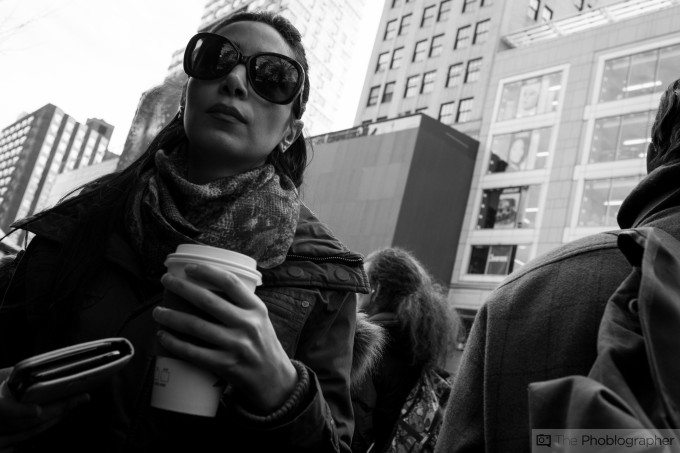
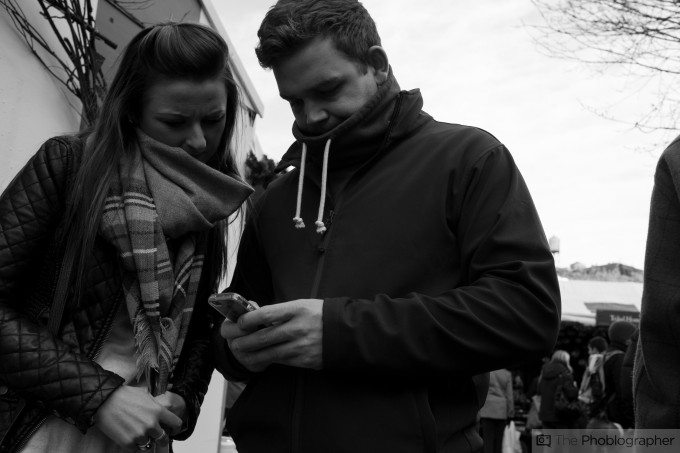
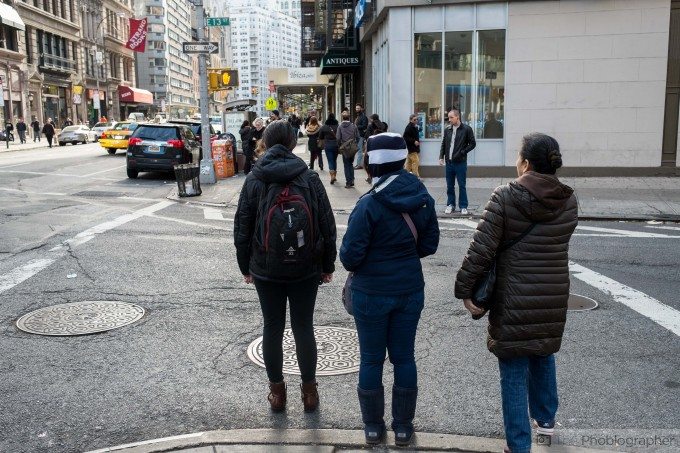
Cameras for Minimalist Street Photographers
Cameras for street photography should be on the smaller side and highly functional. It’s a bonus if they look good too.
Pro tip – you should be able to learn your camera’s basic functions in a weekend. Thankfully, my two picks meet all the criteria.
Olympus Pen-F
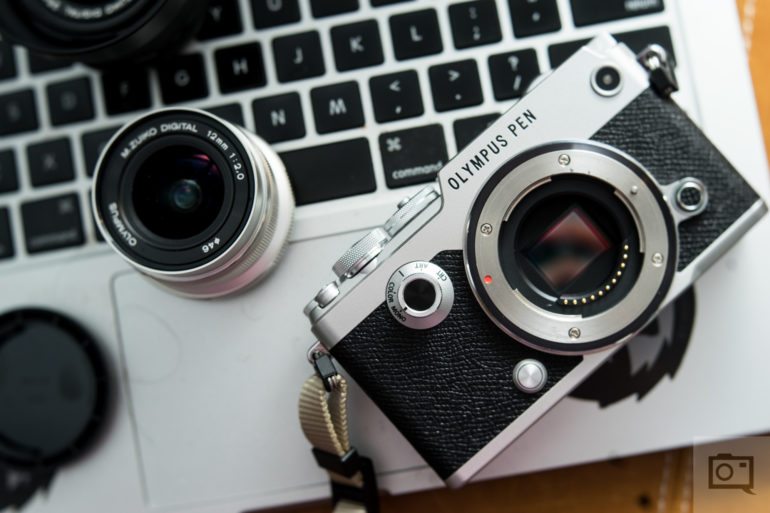
The Olympus Pen-F should be on the short list of every Micro 4/3 photographer and top 3 for street shooters. The camera has loads of character in its styling; it’s simply beautiful and when people notice a beautiful camera, they let their guard down and you get an opportunity for a portrait gifted to you by the Olympus Pen-F.
The Olympus Pen F has a heck of a lot going for it. Amongst the good things: stellar autofocus in most situations, great high ISO output, pretty versatile RAW files, incredibly almost perfect ergonomics, a great EVF and LCD screen, and the list can go on. In many ways, it’s the almost perfect camera for many photographers. – Read our Review
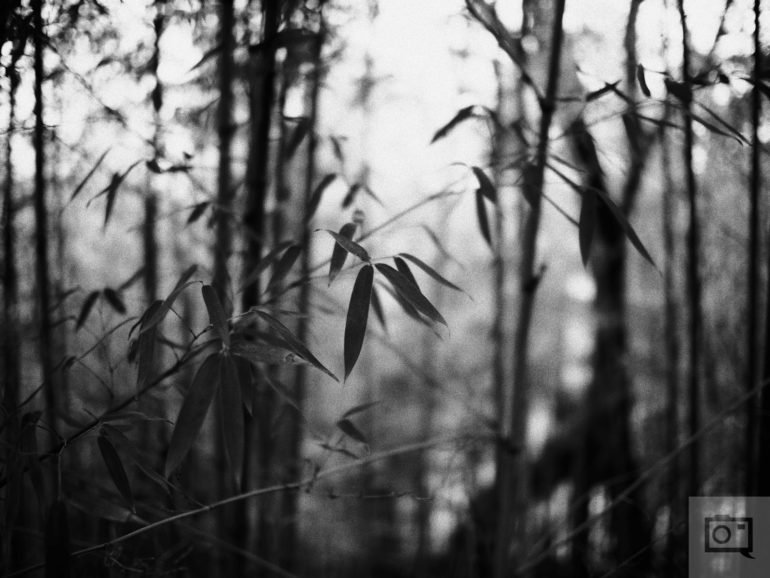
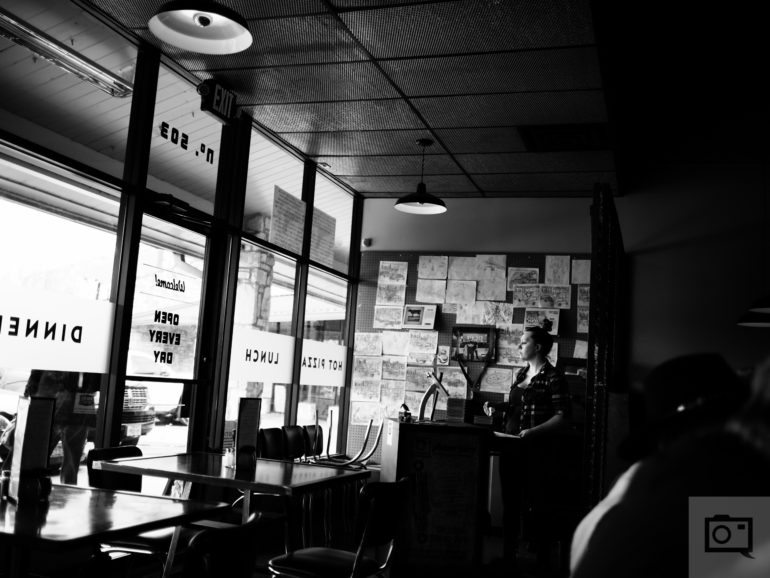
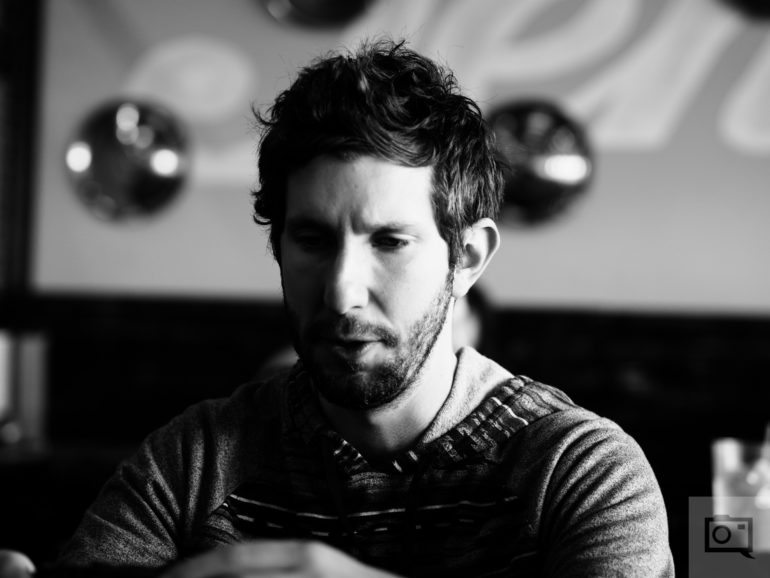
Fujifilm X-Pro 2
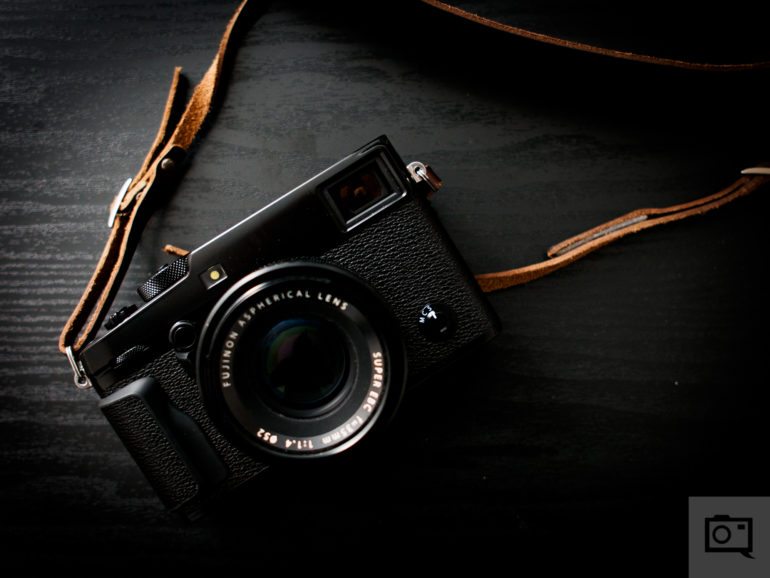
Any street photography list is not complete without the Fujifilm X-Pro 2. The X-Pro series takes classic rangefinder styling, keeps classic functionality with shutter speed, ISO, and aperture control on the body, and a hybrid EVF born from Fujifilm’s love of photography. The Fujifilm X-Pro 2 is a pure tool for modern street photographers.
Pro Tip – If you’re like most street photographers, you love the human connection you get when making street portraits. Get a Fujifilm Instax Printer and print directly from the camera body wirelessly when you make a street portrait. You’re welcome.
In our review, we state:
The Fujifilm X Pro 2 is a camera that I’m absolutely going to purchase. Why?
- Weather sealing
- Fantastic high ISO performance that I’d call class leading
- Excellent autofocus even in low light
- Nice ergonomics
There’s so much here that makes it worth upgrading to. But the only thing really holding it back is the price point. For just a bit more money, you can go full frame. But for that little bit more of money, you’re not guaranteed performance like what this camera offers.
This is the camera that every serious Fujifilm camera user needs. No questions asked.
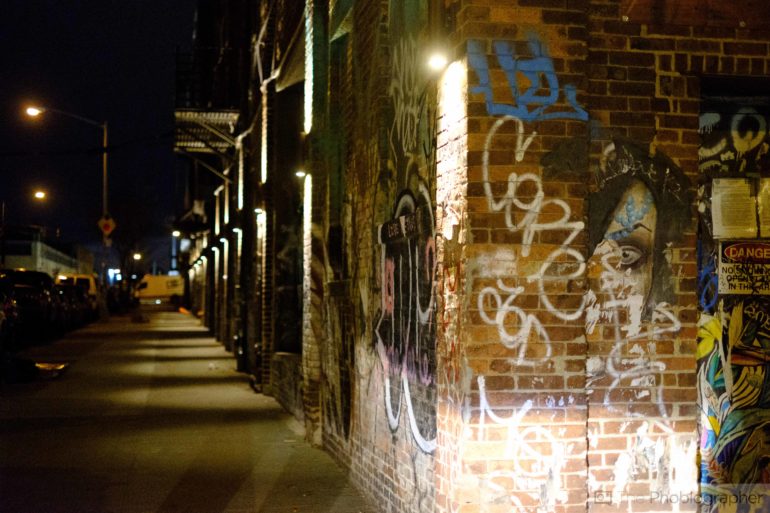
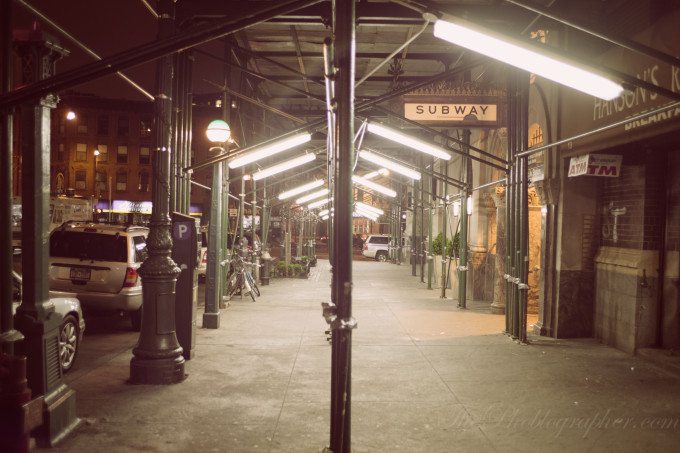
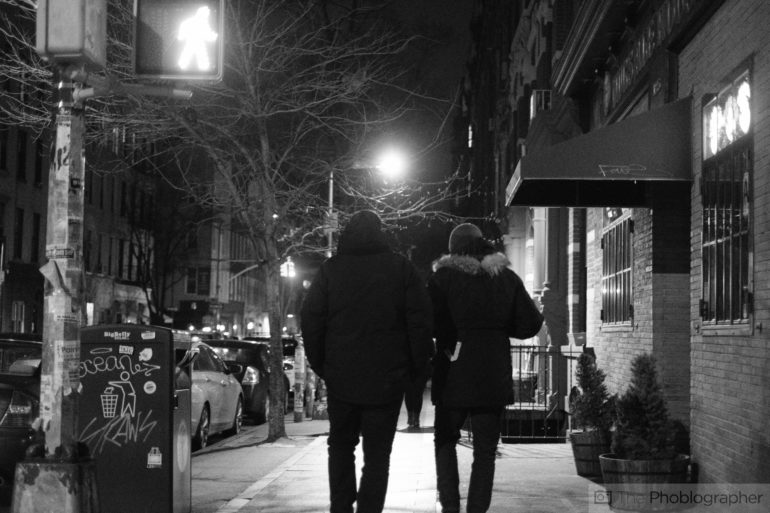
Bags for Minimalist Street Photographers
Camera straps are like socks. Sometimes you want them, other times you don’t but most of the time you’re fine without them. Camera bags though? They’re like shoes so you’ll do well with plenty. That said, you don’t have to go crazy; you just need two good ones – a backpack and shoulder bag.
Tenba DNA Lineup
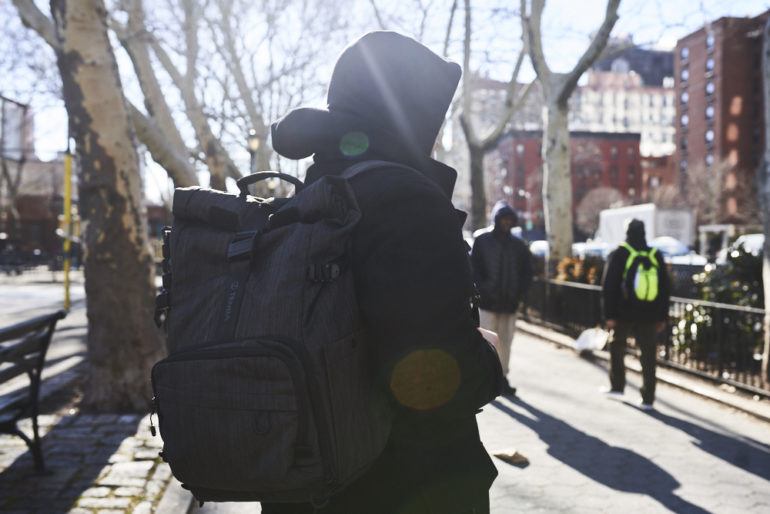
Okay, I kind of lied above. I have two Tenba DNA bags. They’re super rad and functional to the max and that’s what matters most. The Tenba DNA line is for working photographers who value functionality and speed, but they also look good. I use my Tenba DNA 13 when I want to take my X-Pro kit and maybe my iPad Pro, and I use my lovely Tenba DNA 15 Slim Special Edition actually every day. Both bags have removable inserts so they work just as good as an everyday carry as they do camera bags. My Tenba DNA 15 Slim Special Edition doubles as a diaper bag and let me tell ya, they clean up good. Can’t recommend the DNA series enough.
We also really like the Tenba DNA Backpack because of its ability to slim down or carry a ton of stuff in a pinch.
In our review of the Tenba DNA Backpack, we state:
For the past few months, one bag has really dominated my use: the Tenba DNA 15 backpack. The Tenba DNA messenger line was designed for commuters in large cities and was billed as being stylish–though quite honestly it’s nowhere near as eye catching as their Cooper series. The Tenba DNA 15 backpack follows the same ideology but brings the idea to a backpack. They’re nice, but more so in a functional way that gives a photographer all they need while not being super ugly, breaking the bank, or making you look like you subscribe to the bro culture deeply rooted in everything Peak Design ever manufactured. – Read our Review
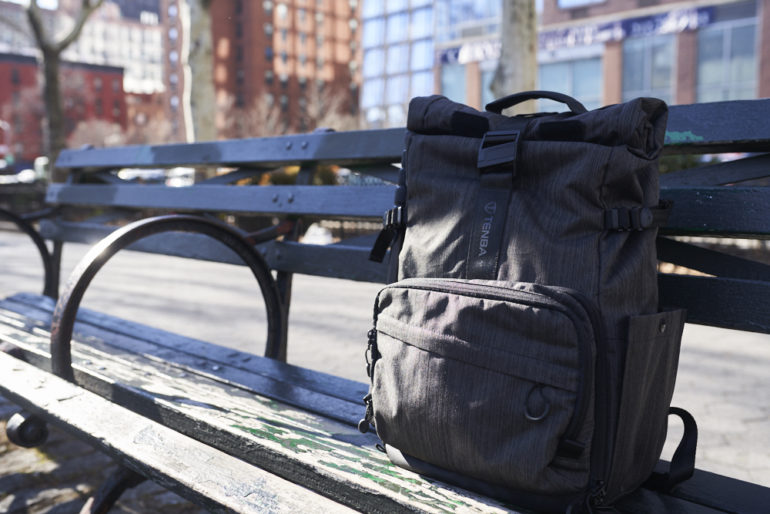
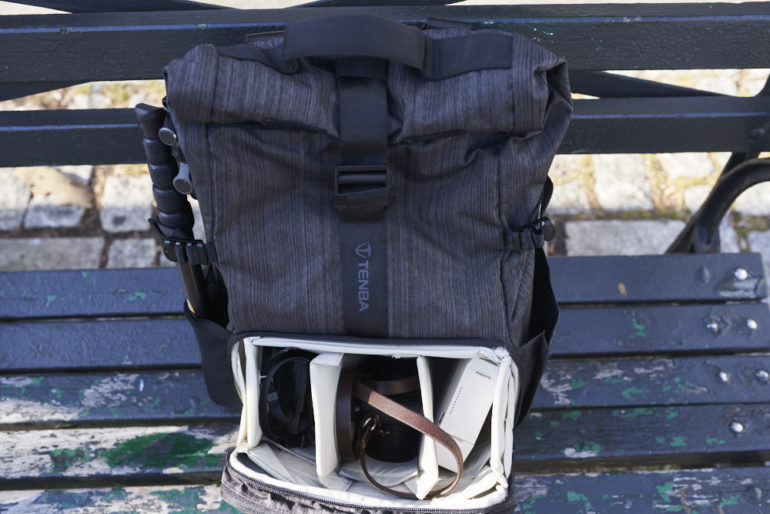
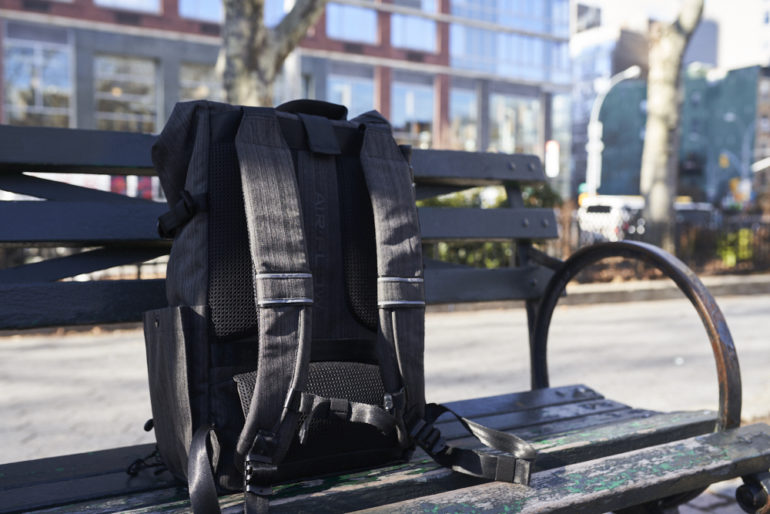
Domke Chronicle
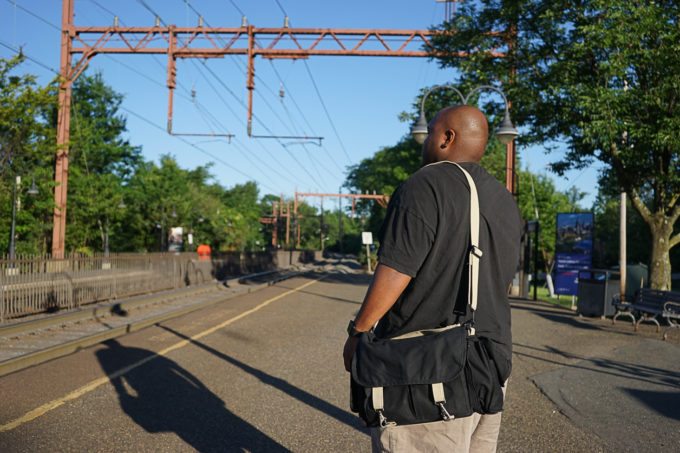
If Tenba DNA is the modern photographer’s bag, then think of the Domke Chronicle as old-school classics. Made in America and tough as nails, these shoulder bags have not changed much over the years because they don’t really need to.
In our review, we state:
There are camera bags, and then there are camera bags with heritage and tradition. The Domke Chronicle CameraBag falls under the latter. The Chronicle is the descendant of the Domke F-2 and has quite a lot to live up to. It is part of the updated journalist series of shoulder bags from the company which have been newly designed to have a more modern feel and look. – Read our Review
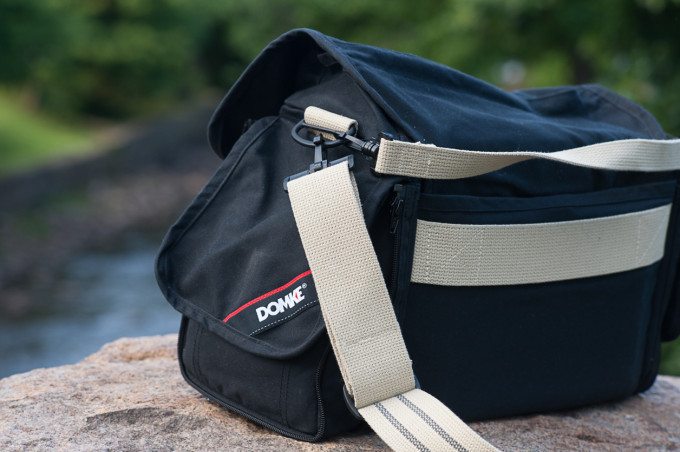
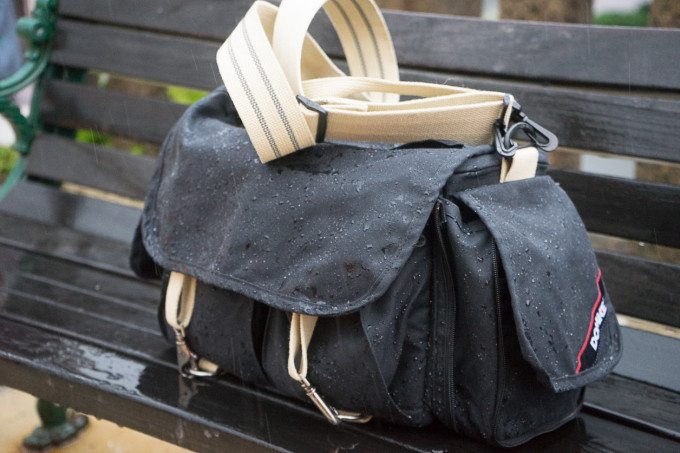
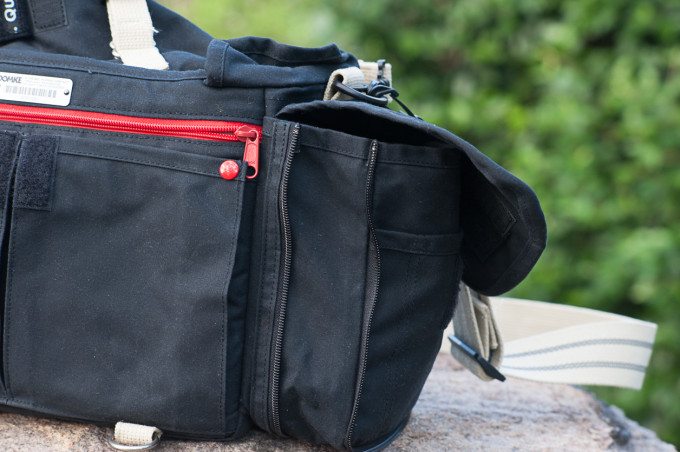
Compact flashes for Minimalist Street Photographers
Want to channel your inner Bruce Gilden or maybe you like the look you get with a pop of light in your subject’s face. If that’s you, then you need a flash. A flash for street photography must be compact, reliable, and easy to use. Don’t go crazy with wireless setups, use a TTL cord if you can or better, leave it on the hot-shoe. You don’t want to miss a shot because your flash didn’t fire, do you?
Vivitar 285HV Manual Flash
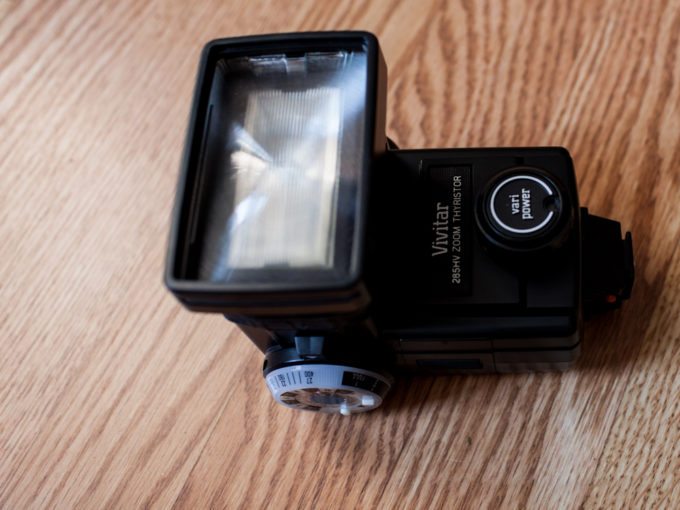
Like many classic photographic companies, Vivitar’s name has been trashed in recent years but the reality is they built something amazing at one time. In Vivitar’s case, that’s flashes and their Series 1 lenses. The Vivitar 285HV Manual Flash is a no-nonsense manual flash and that’s really what you need shooting street. Anytime you let your camera decide on exposure for you, be it ambient or strobe, you’re leaving the success of your capture up to chance. Yeah, shooting manual is a challenge but guess what, that’s photography my friends. Tough it out, learn to shoot, and when you get that killer shot the credit is all yours.
In our review, we state:
The Vivitar brand name has often been maligned with products that aren’t the highest of quality, or with those random film camera commercials you see targeted towards older, less tech savvy folk. However, for many years (and even still today) there are many that use one flash in particular: the Vivitar 285HV. As a full manual flash, it is also perhaps one of the best and easiest to use manual flashes available considering its very analog functionality.– Read our Review
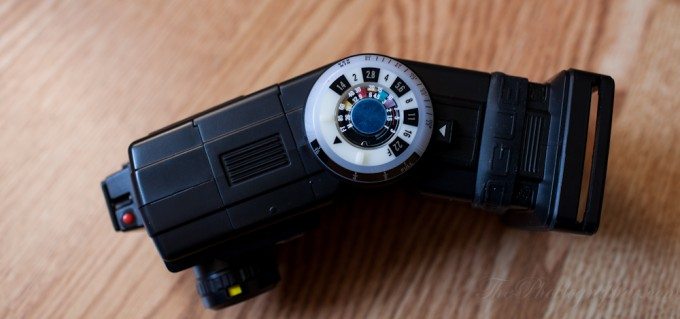
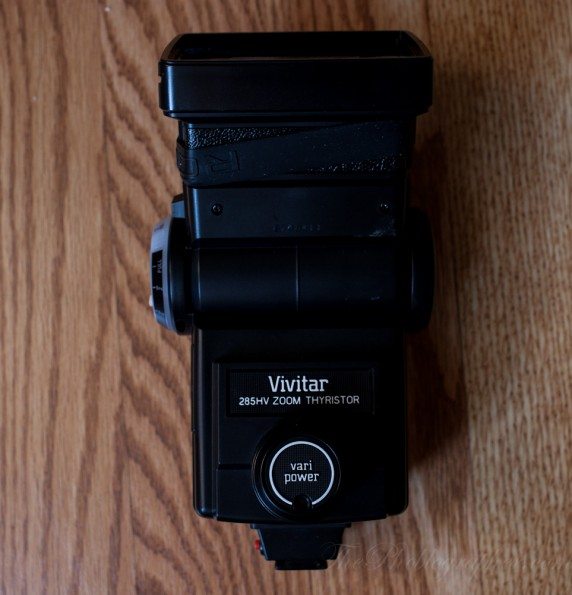
Lumopro LP-180 Flash
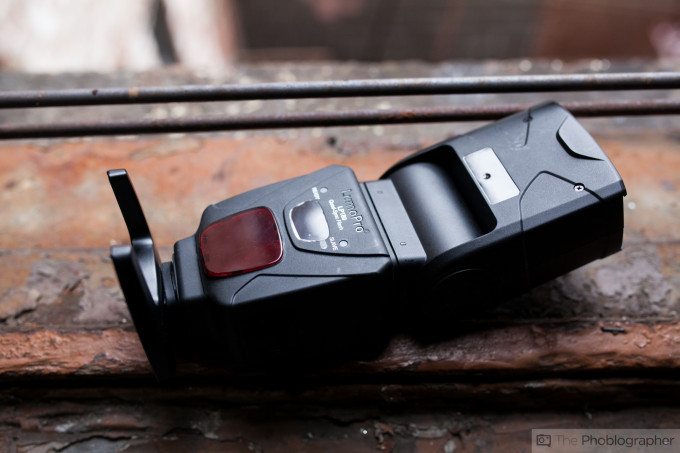
Rock solid, no frills performance would be how I would describe the Lumopro LP-180 Flash. Think of the Lumopro LP-180 Flash as the modern Vivitar 285HV Manual Flash. If you want an affordable, manual flash with power and quality build the Lumopro LP-180 Flash is for you.
In our review we state:
After a month of testing, we have no reason not to give the LP-180 our Editor’s Choice award for best afford Strobist flash. Its build quality can surely stand the test of time, and the fact that you can shoot at ISO 100, 105mm at 10 feet away at f11 is also blowing our minds just a bit. Then mix into all of this the portability and the reliability.– Read our Review
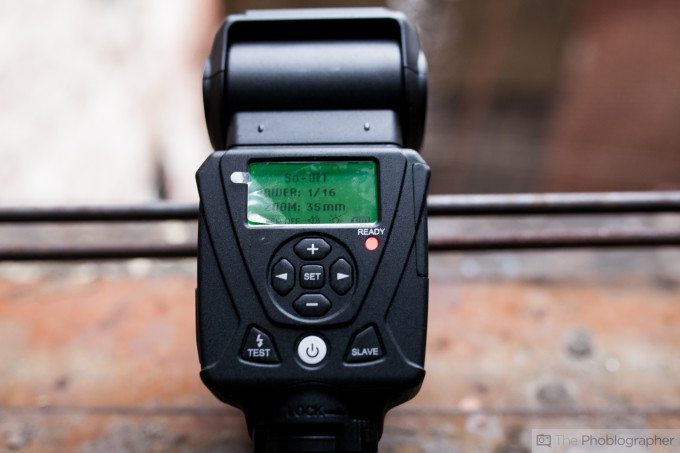
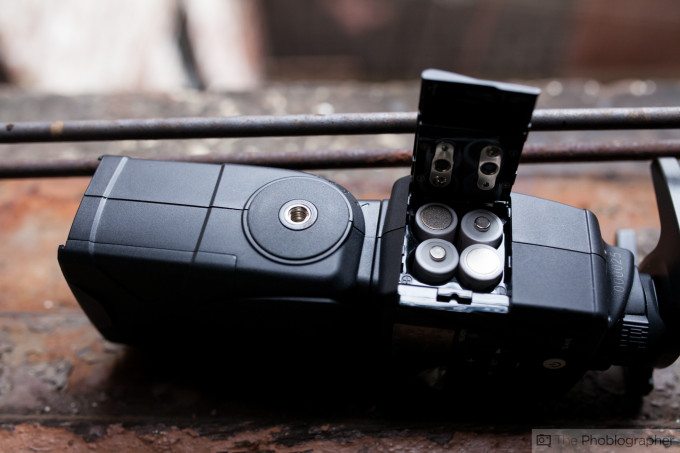
Pro tip – always carry a dedicated camera with you. I’m not talking about a phone even though I shot a few assignments with my iPhone (stop shaking your head). I’m talking about a camera with buttons. A dedicated camera will not bug you with notifications or calls. When you need drone pizza delivery or to hail a flying car, use your phone.
Compact Cameras for Minimalist Street Photographers
You take your camera with you everywhere but sometimes it’s a bit big for your bag. In that case, consider getting one of those DNA bags above. Even so, you might want to go ultra-portable so here are a couple small cameras that take a big picture. See what I did there?
Ricoh GR-II

Ask anyone who owns a Ricoh GR-II and they’ll tell you how much they love it. The Ricoh GR-II is pocketable with a large sensor and fantastic lens. Like any camera, there are compromises so read our review and decide for yourself.
In our review, we state:
The Ricoh GR II is and has been a hit with many photographers for a long time now. Based in part off of the classic Ricoh GR point and shoot film cameras that have forever been popular with street photographers, the Ricoh GR II brings modern updates to the previous camera. In many ways, this camera seems to simply ooze with quality. Much of it is an aesthetics based allure you won’t see with many other point and shoots out there. More than any others, this camera truly feels like a photographer’s compact and holds its own very well with the likes of the Sony RX1R II, Fujifilm X100F and the Leica Q.– Read our Review
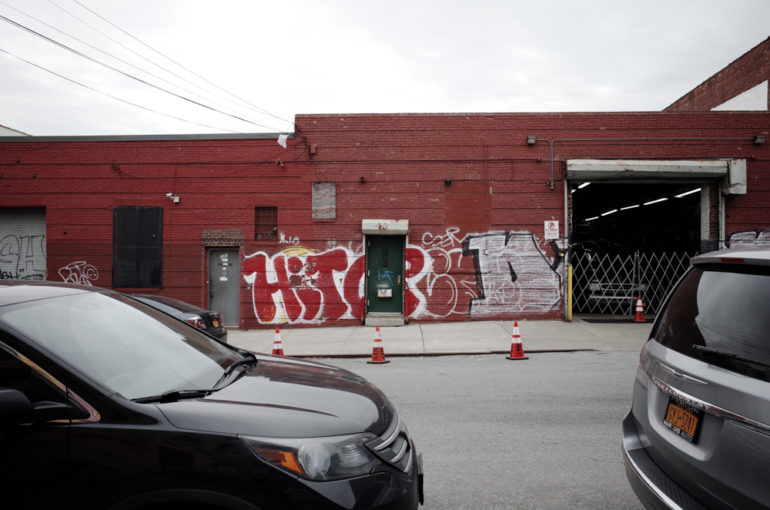
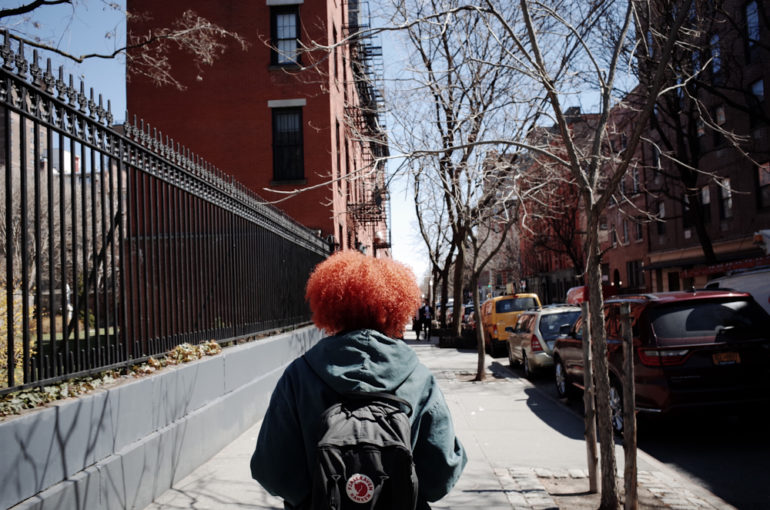
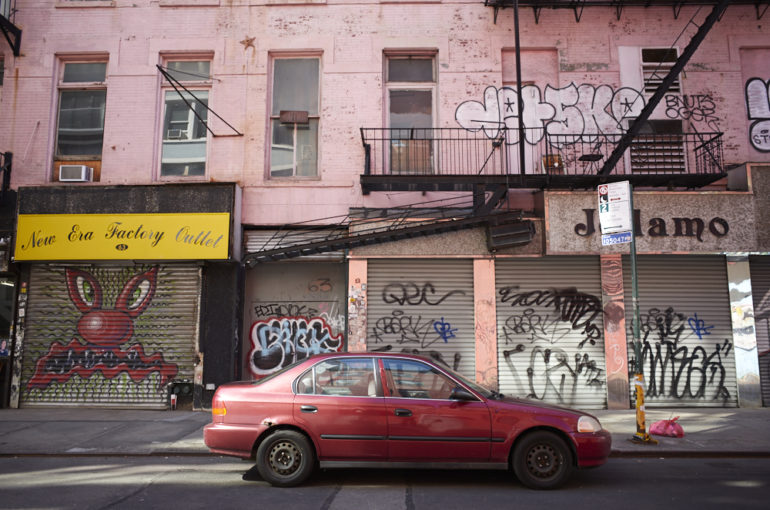
Fujifilm X-100F
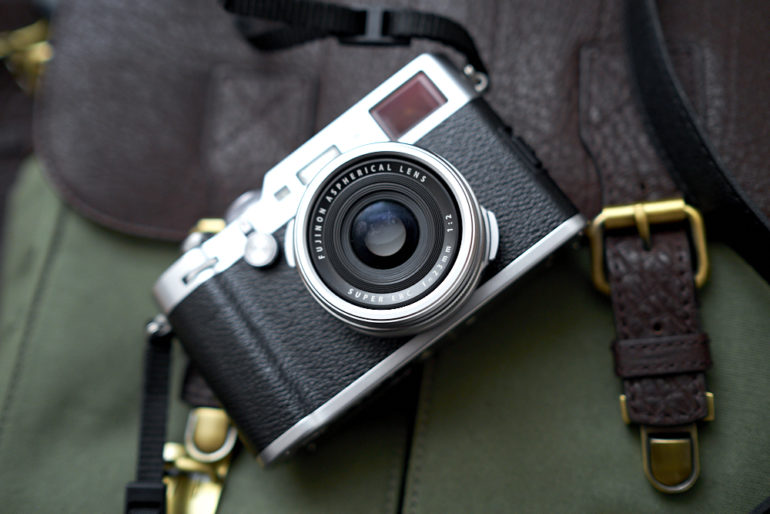
I would expect a grip of hate mail if I didn’t include the Fujifilm X-100F but I’m including it here because it’s damn good. For many photographers, the Fujifilm X-100F is the ideal camera. It’s got a fast lens, large X-Trans sensor, built-in flash and overall great image quality. Pro tip – use an external flash like the Lumopro LP-180 Flash mentioned above and you’ll get native shutter speed sync at any speed due to the leaf shutter.
In our review, we write:
In many ways, the Fujifilm X100F is both the closest thing to a perfect camera and the most infuriating camera at the same time. By itself, the Fujifilm X100F boasts quite a bit of upgrades over its predecessor, the X100T, that truly make it competitive and viable. And as always, it isn’t at all a bad camera, but it could have been something much better. With the same 24MP X Trans Sensor at the heart of the company’s two flagship cameras, and that retro-gorgeous camera body that makes lots of photographers weak in the knees, the Fujifilm X100F will undoubtedly sell well–and it deserves to.– Read our Review
